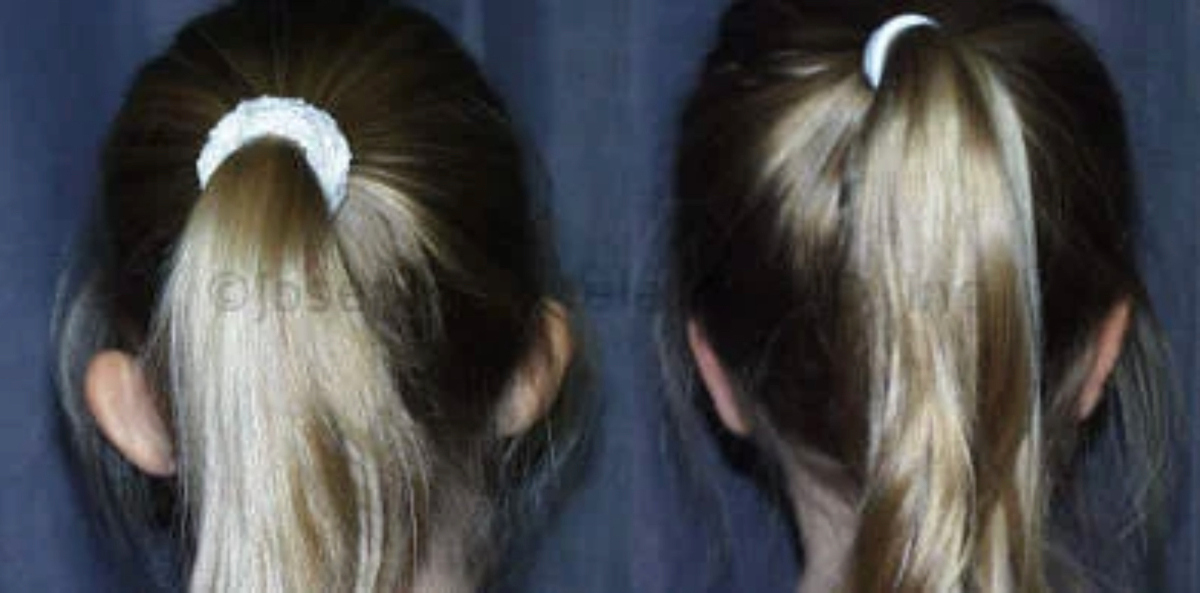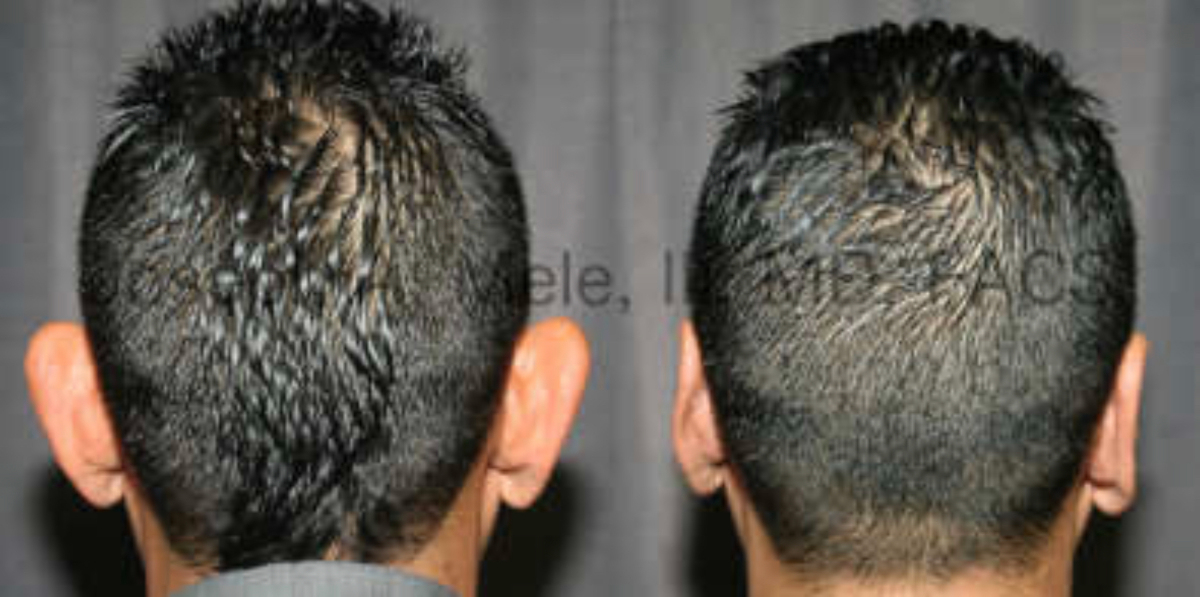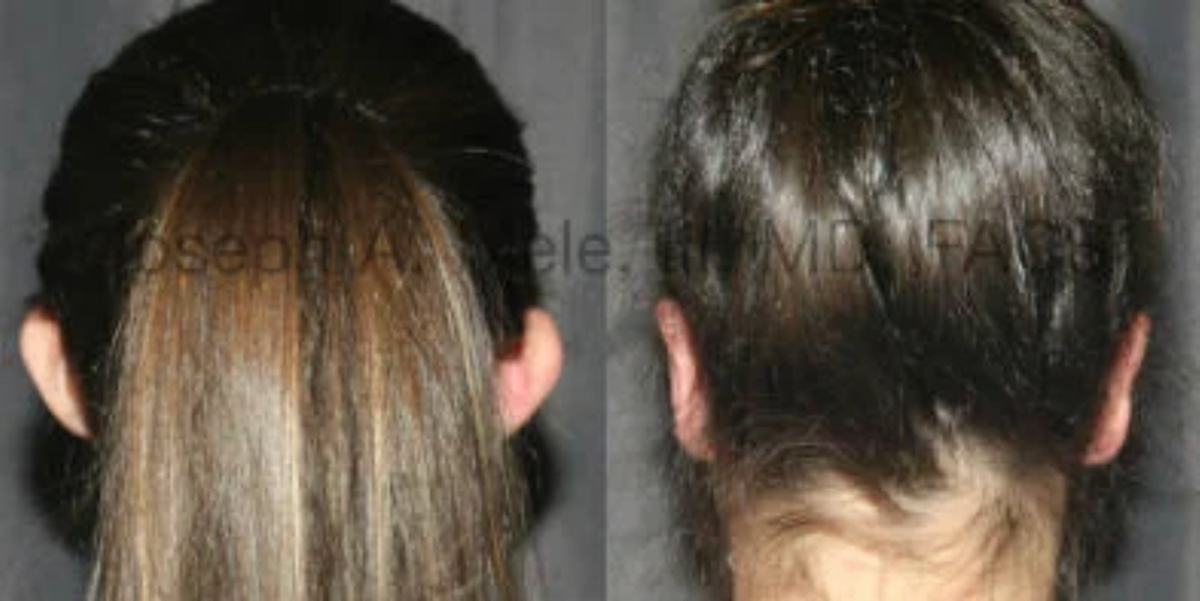I am often asked why patients have Otoplasty. Protruding or Prominent Ears can be an undesired source of attention and embarrassment for both children and adults. My patients with prominent ears often describe purposefully keeping their hair long and down to keep their ears hidden. Many will tuck the top of their ears into a cap, and others have resorted to taping or super-glueing their ears to the sides of their head to keep them tucked in.
These measures may seem extreme to most; however, it illustrates how self-conscious some people are and the lengths patients with prominent ears will go to hide their ears and avoid embarrassment or undesired staring.

Sometimes ears stick out asymmetrically. Otoplasty reduces ear prominence and improves symmetry.
It’s not uncommon for school age children (and even adults) to experience teasing due to prominent ears. As a Board Certified Plastic Surgeon, the ability to alleviate unwarranted negative attention is extremely satisfying. There is no better feeling than a happy patient. It is very rewarding having a young woman returning for her follow up appointment with her hair confidently up in a ponytail, or a young man able to wear a shorter haircut, especially during the hot Walnut Creek summers.
Satisfaction After Otoplasty
Otoplasty is an outpatient surgical procedure that reshapes and repositions the ears, most commonly to reduce ear prominence. Satisfaction after otoplasty cannot be guaranteed, but for the overwhelming majority of patients, their biggest regret is not doing it sooner.
The level of satisfaction depends on several factors, including the individual’s expectations, the skill of the surgeon, the surgical technique used, and the overall experience of the patient. Here are some factors to consider with Otoplasty:
Realistic Expectations: It’s essential for patients to have realistic expectations about the results of the surgery. Otoplasty can improve the appearance of protruding or misshapen ears, but it may not create perfectly symmetrical ears.
Skill of the Surgeon: The experience and skill of the surgeon play a significant role in the outcome of the procedure. Choosing a board-certified plastic surgeon or an otolaryngologist with experience in otoplasty can increase the likelihood of a successful outcome.
Communication with the Surgeon: Good communication with your surgeon is crucial. Make sure you discuss your goals and concerns with them before the surgery so they can understand your expectations and provide a tailored treatment plan.
Healing and Recovery: Otoplasty involves a period of healing and recovery. Swelling and bruising are common immediately after surgery, but these side effects typically subside over time. It may take several weeks to see the final results.

This patient’s left ear had less folding and thus stuck out more than his right ear. After Otoplasty, ear fold symmetry is improved and his ears are nicely “pinned” closer to his head.
Follow-Up Care: It’s essential to follow your surgeon’s post-operative instructions carefully and attend all scheduled follow-up appointments. This helps ensure proper healing and can address any concerns that may arise during recovery.
Psychological Impact: Many patients who undergo otoplasty experience increased self-confidence and satisfaction with their appearance. Correcting ear-related concerns can have a positive impact on self-esteem.
Individual Variability: Keep in mind that each person’s experience and satisfaction with otoplasty are unique. Some individuals may be highly satisfied with the results, while others may have mixed feelings. From time to time, additional touch-up procedures are required to achieve optimal results.
In general, otoplasty can be a successful and satisfying procedure for individuals who are bothered by the appearance of their ears. However, it’s essential to choose a qualified surgeon, have realistic expectations, and be patient during the healing process. If you are considering otoplasty, consult with a board-certified surgeon who can provide you with a personalized assessment and discuss the potential outcomes and risks associated with the procedure.
Otoplasty Consultations

Otoplasty is used both to tuck the ears in and improve ear symmetry.
When considering Otoplasty, the most important step is your in-person consultation. This allows you to have your questions answered and choose an experienced, qualified plastic surgeon who is skilled with Otoplasty.
Since Otoplasty is not as common as other cosmetic surgical procedures, fewer are performed each year. Be sure to ask your surgeon if Otoplasty is a procedure they perform frequently and how many they do a year.
In the San Francisco Bay Area call (925) 943-6353 for a personal consultation with an experienced Otoplasty surgeon. Dr. Joseph Mele has been performing Otoplasty since starting his private Plastic Surgery practice in Walnut Creek since 1997.
Previous Post Next Post